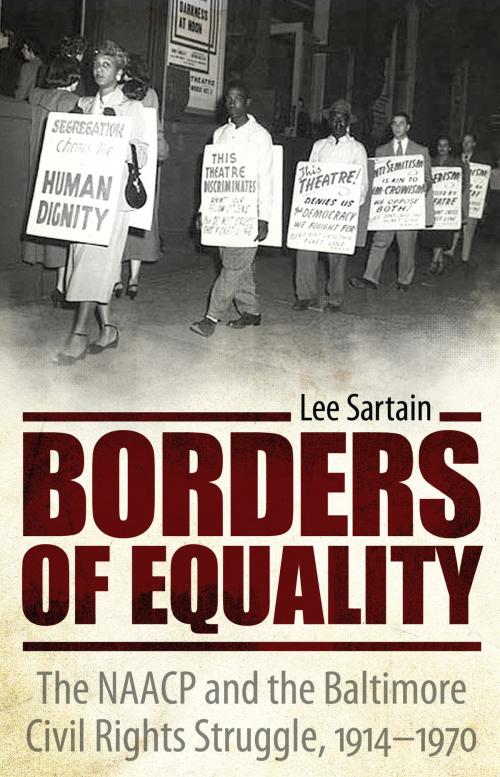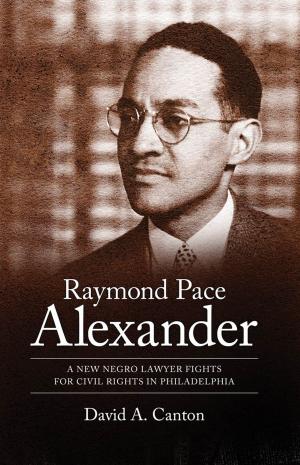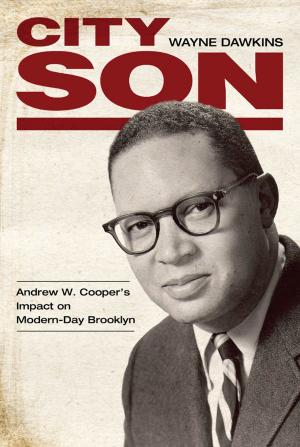Borders of Equality
The NAACP and the Baltimore Civil Rights Struggle, 1914-1970
Nonfiction, Social & Cultural Studies, Social Science, Discrimination & Race Relations, History, Americas, United States, 20th Century| Author: | Lee Sartain | ISBN: | 9781617037528 |
| Publisher: | University Press of Mississippi | Publication: | February 22, 2013 |
| Imprint: | University Press of Mississippi | Language: | English |
| Author: | Lee Sartain |
| ISBN: | 9781617037528 |
| Publisher: | University Press of Mississippi |
| Publication: | February 22, 2013 |
| Imprint: | University Press of Mississippi |
| Language: | English |
As a border city Baltimore made an ideal arena to push for change during the civil rights movement. It was a city in which all forms of segregation and racism appeared vulnerable to attack by the National Association for the Advancement of Colored People's methods. If successful in Baltimore, the rest of the nation might follow with progressive and integrationist reforms. The Baltimore branch of the NAACP was one of the first chapters in the nation and was the largest branch in the nation by 1946. The branch undertook various forms of civil rights activity from 1914 through the 1940s that later were mainstays of the 1960s movement. Nonviolent protest, youth activism, economic boycotts, marches on state capitols, campaigns for voter registration, and pursuit of anti-lynching cases all had test runs.
Remarkably, Baltimore's NAACP had the same branch president for thirty-five years starting in 1935, a woman, Lillie M. Jackson. Her work highlights gender issues and the social and political transitions among the changing civil rights groups. In Borders of Equality, Lee Sartain evaluates her leadership amid challenges from radicalized youth groups and the Black Power Movement. Baltimore was an urban industrial center that shared many characteristics with the North, and African Americans could vote there. The city absorbed a large number of black economic migrants from the South, and it exhibited racial patterns that made it more familiar to Southerners. It was one of the first places to begin desegregating its schools in September 1954 after the Brown decision, and one of the first to indicate to the nation that race was not simply a problem for the Deep South. Baltimore's history and geography make it a perfect case study to examine the NAACP and various phases of the civil rights struggle in the twentieth centuryAs a border city Baltimore made an ideal arena to push for change during the civil rights movement. It was a city in which all forms of segregation and racism appeared vulnerable to attack by the National Association for the Advancement of Colored People's methods. If successful in Baltimore, the rest of the nation might follow with progressive and integrationist reforms. The Baltimore branch of the NAACP was one of the first chapters in the nation and was the largest branch in the nation by 1946. The branch undertook various forms of civil rights activity from 1914 through the 1940s that later were mainstays of the 1960s movement. Nonviolent protest, youth activism, economic boycotts, marches on state capitols, campaigns for voter registration, and pursuit of anti-lynching cases all had test runs.
Remarkably, Baltimore's NAACP had the same branch president for thirty-five years starting in 1935, a woman, Lillie M. Jackson. Her work highlights gender issues and the social and political transitions among the changing civil rights groups. In Borders of Equality, Lee Sartain evaluates her leadership amid challenges from radicalized youth groups and the Black Power Movement. Baltimore was an urban industrial center that shared many characteristics with the North, and African Americans could vote there. The city absorbed a large number of black economic migrants from the South, and it exhibited racial patterns that made it more familiar to Southerners. It was one of the first places to begin desegregating its schools in September 1954 after the Brown decision, and one of the first to indicate to the nation that race was not simply a problem for the Deep South. Baltimore's history and geography make it a perfect case study to examine the NAACP and various phases of the civil rights struggle in the twentieth century














